Dwarf planets are similar to regular ones, but their gravity power is too low to let them take a dominant position in their surroundings. At the same time, they can theoretically exceed the size of ordinary planets, although there are no such examples yet.
Amazing facts about dwarf planets
- In total, 5 dwarf planets are recognized in the Solar System for 2020. But some already discovered Trans-Neptunian objects meet all the criteria to be included in this class, so it is probably only a matter of time.
- All the dwarf planets in the Solar System, except Ceres, rotate in their orbits far beyond the orbit of Neptune. Therefore, one revolution around the Sun takes them hundreds or even thousands of years.
- Pluto was demoted from regular planets to dwarf ones before it had made at least a single revolution around the Sun since its discovery.
- One of the mandatory criteria that such celestial bodies must meet is a shape that is close to spherical. This is why Ceres, previously considered the largest asteroid in the main belt, was reclassified.
- The dwarf planet Haumea rotates around its axis very quickly, and the day there lasts only ~4 hours. Haumea has a flattened shape because of its rapid rotation. The acceleration of gravity there should differ markedly at the poles and at the equator.
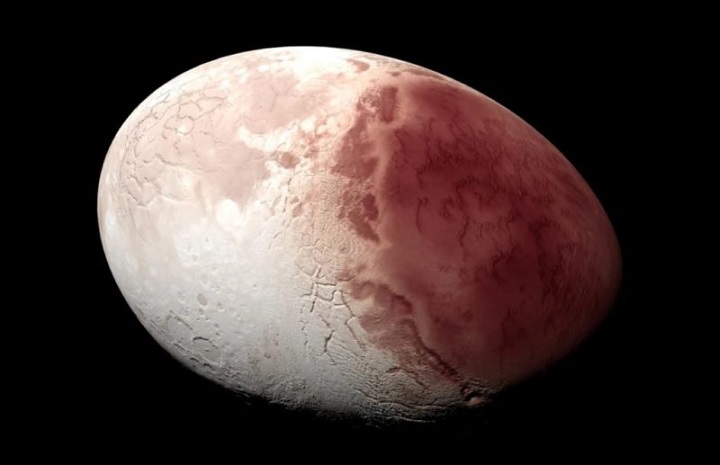
- Some dwarf planets have their own moons. The largest one known is Charon, one of Pluto’s moons.
- Currently, scientists believe there are about 250-260 celestial bodies in the outer Solar System, in the Kuiper belt, that can be classified as dwarf planets. But outside the Kuiper belt, their number may exceed 10,000.
- All the dwarf planets known now have moons. Almost all of them – the only one that doesn’t possess them is Ceres.
- They may even have an atmosphere. Pluto, for example, has it, a thin one, and so does Eris. The atmosphere of Eris is frozen now, but in the future, when it gets closer to the Sun, the temperature there will increase, and the atmosphere will appear, even for a while.
- The largest dwarf planet known is Pluto. At the same time, Charon, its largest moon, is the largest of any dwarf planet’s moon known as well.
- The most massive dwarf planet is Eris. Scientists thought it was even more massive than Pluto, but observations have shown that this is not the case.
- There’s a lot of water on Ceres. It impregnates the ground in many areas of its surface, and it can be extracted. Projects of Ceres colonization exist already, although they are still purely theoretical.
- The Trans-Neptunian object named Sedna is a potential candidate for dwarf planets. The diameter of Sedna is about 1000 km, and it is located at a distance 32 times greater than the average distance from the Sun to Neptune.
- Apparently, Haumea is not the only dwarf planet with the shape of an egg. The celestial body Varuna, which also probably belongs to this class, has similar characteristics. Most likely, it even rotates faster than Haumea, making a revolution around its axis in 3.17 hours. Water ice has also been found there.
- The last cold celestial body of this type is Ceres, with a maximum temperature recorded on its surface reaching -29 °F (-34 °C). But all the other dwarf planets are far from the Sun, and their temperatures are extremely low.
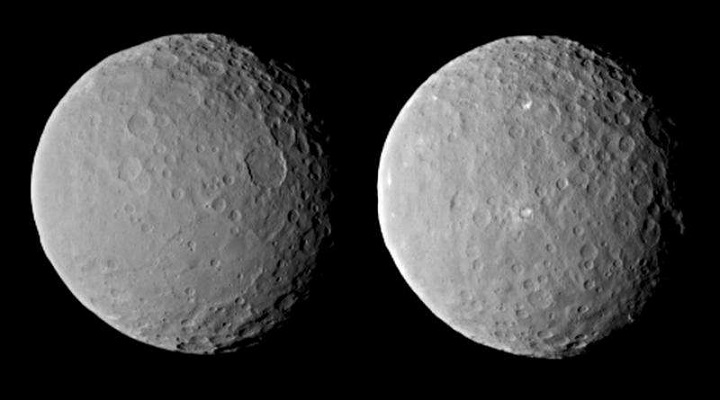
- Makemake is the largest known object in the Kuiper belt. Its physical characteristics are still known approximately only, but its diameter is probably about 3/4 of the diameter of Pluto.
- None of the dwarf planets can be seen from Earth with the naked eye. Although you can see even such distant objects as Makemake if you have an amateur telescope.
- The surface of the Ixion is partially composed of heteropolymers, which indicates the presence of organic components on it. The presence of organic substances is also confirmed for Sedna as well.
- The moon of the Trans-Neptunian object Varda named Ilmarë is half of Varda in diameter. They have the same size ratio as Pluto and Charon.
- Another candidate for dwarf planets has the interesting name Chaos. With a diameter of 612 km, it is slightly smaller than Varuna and Ixion.
- Celestial bodies suitable for classification as dwarf planets whose orbits are similar to the orbit of Pluto (and which are in resonance with the orbit of Neptune) are called plutino. And those who do not feel the gravitational influence of Neptune, are called cubewano.
- The only more or less explored dwarf planets are Pluto and Ceres. Pluto was explored by the “New Horizons” research probe, and Ceres was visited by the “Dawn” probe.
- Some minor planets are located beyond the outer boundary of the Kuiper belt and belong to the scattered disk surrounding our Solar System.
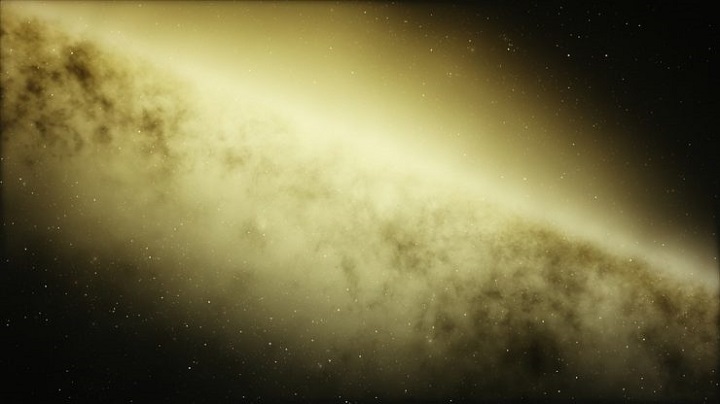
- Plenty of natural satellites of the planets of the Solar System are larger than all dwarf planets known nowadays. The Moon, for example, is larger than all of them, although it isn’t the largest natural satellite.
- Amorphous ice can form on celestial bodies at temperatures not lower than -256 °F (-160 °C), but it has been found on the surface of Quaoar. The temperature on Quaoar is much lower, about -364 °F (-220 °C), and nobody knows what could warm it up in past. Quaoar never approaches the Sun close enough to get warmed by sun rays.
- Sedna’s orbit is very unusual. There is even a theory that it came from interstellar space or was captured by the Sun’s gravity from another star system.
- Along with Sedna and Mars Quaoar is one of the reddest celestial bodies in the Solar System. Its satellite Weywot has an irregular spindle shape and a red color.
- Ice has also been found on the possible dwarf planet Orcus, and scientists believe that there are even cryovolcanoes there, or at least they existed in past. The name Orcus, by the way, has nothing to do with fantasy, it was borrowed from Etruscan mythology, according to which Orcus is the god of death.
- The size is not directly related to the recognition of a celestial body as a dwarf planet. For example, an object larger than Mercury that cannot clear space around itself with its gravity can also be classified as a dwarf planet.
- One of the dimmest dwarf planets is Salacia, which has an albedo of only 4%. It absorbs almost all the light that falls on it. For comparison, Venus reflects about 75% of the sunlight.
- Makemake is one of the brightest dwarf planets. With an albedo of 0.7, it reflects 70% of the incoming sunlight. But Makemake is so far away from the Sun that the temperature difference on its surface doesn’t exceed 5-7 degrees at the closest and farthest point of the orbit.
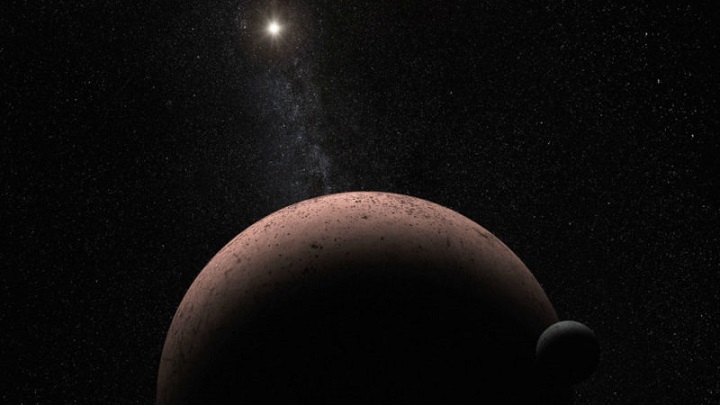
- Sedna has the longest year among all celestial bodies known in the Solar System. It lasts about 11487 standard years.
- A number of scientists believe that Sedna is the first discovered object related to the Oort cloud, which surrounds the Solar System and extends about 1 light-year from the Sun.
- There’s a small planet with the unpronounceable name Gǃkúnǁʼhòmdímà in the Kuiper belt. The name is borrowed from the mythology of the indigenous people living on the territory of Namibia. This celestial body has a natural satellite named Gǃòʼé ǃHú. Really, that’s even not a joke.
- Sometimes scientific community uses the term “mesoplanet” which refers to objects that are larger than Ceres but smaller than Mercury. This is not official terminology, but this term is used quite widely.
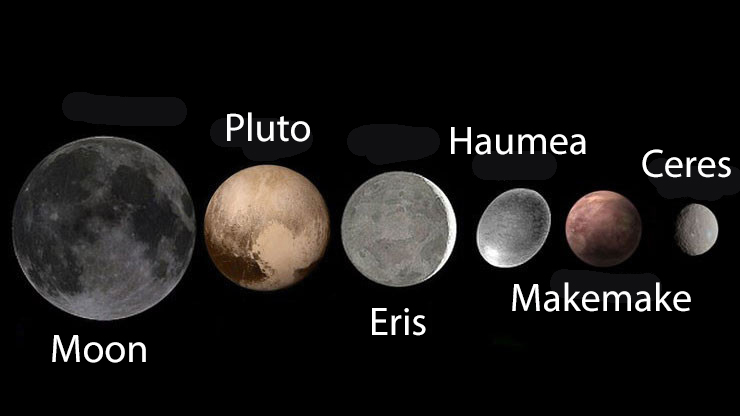

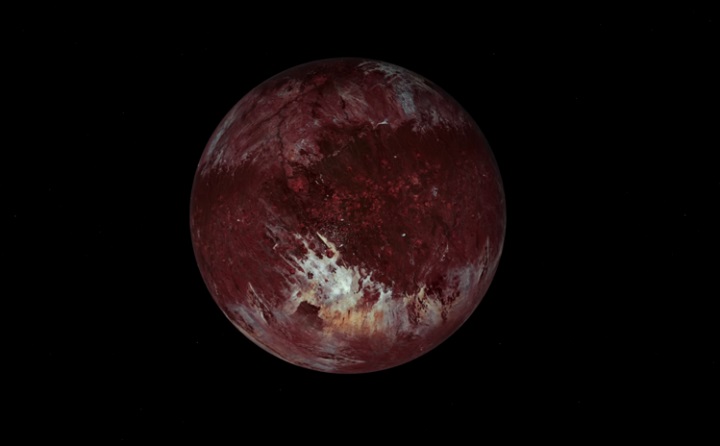
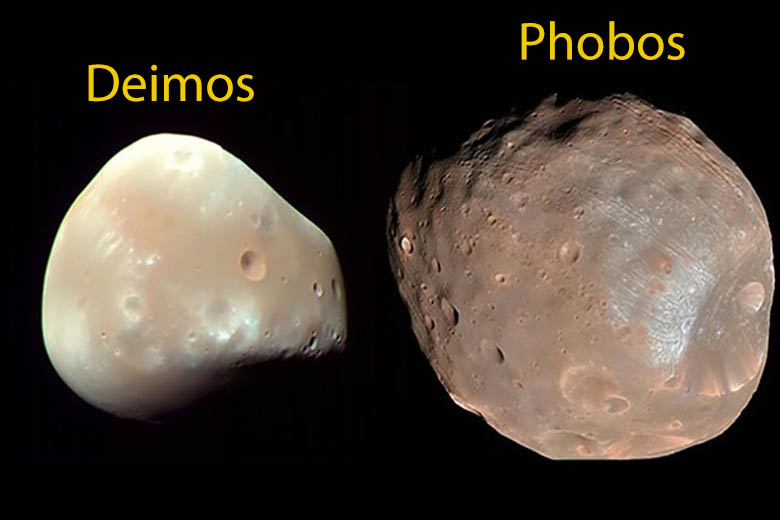
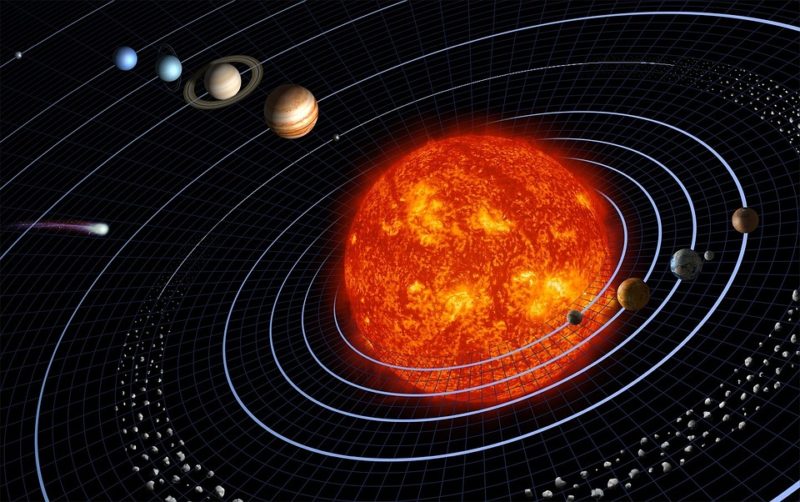
Pingback: What Is A Dwarf Planet, Anyway? – Allie's ASTR 2110-01 Blog